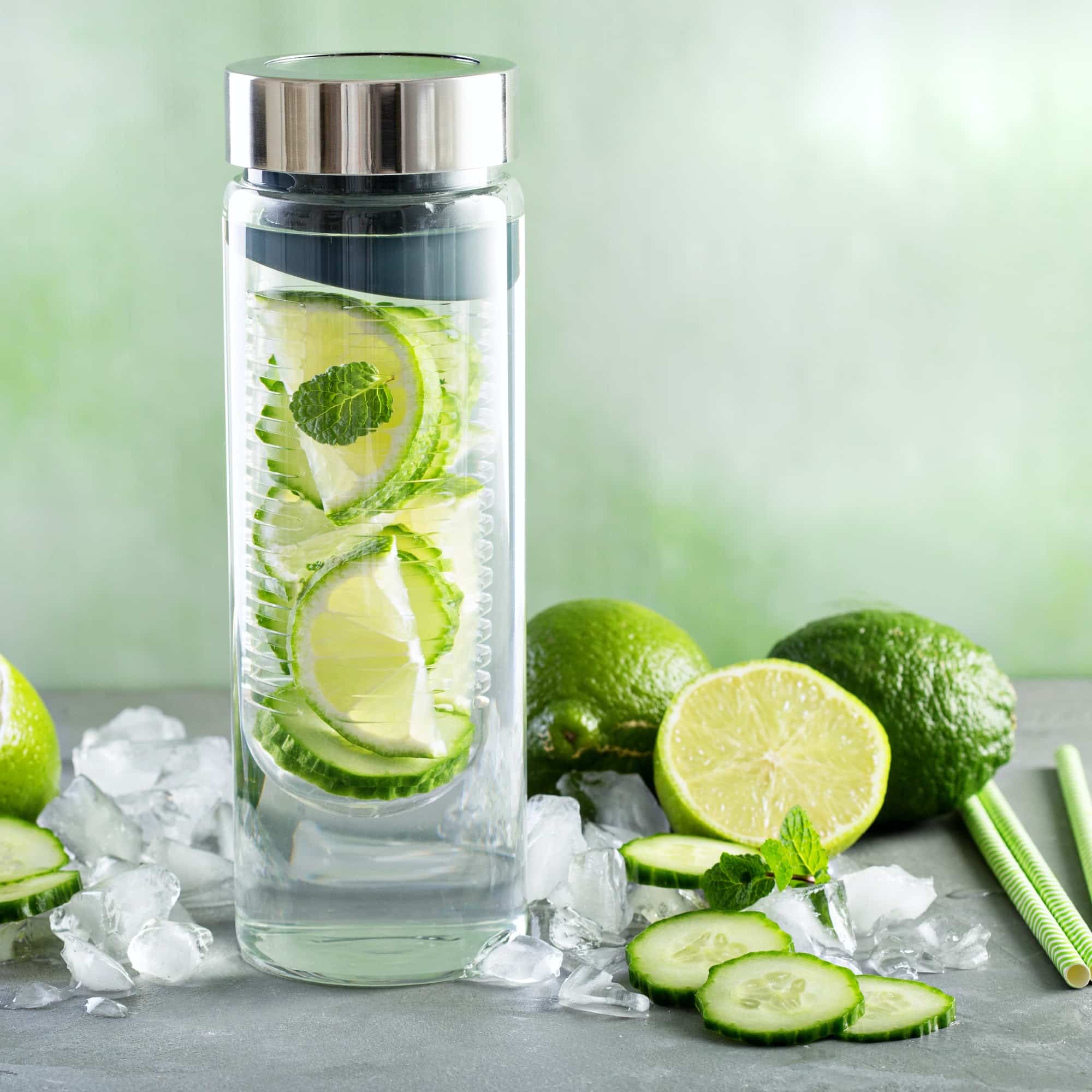What Are the Best Ways to Reduce Environmental Toxins in the Home?

When we envision a safe and secure home, we often forget to consider the invisible threats that are lurking within our living spaces. We are talking about environmental toxins. These harmful chemicals and substances can be present in the air, water, and even in everyday products that we use around the house. It is your responsibility to protect your home from these possible hazards, especially to safeguard the health of children who are often more susceptible to their ill effects. But how can we reduce these toxins? Let us explore some of the best strategies to keep your home safe from environmental toxins.
Understand the Common Sources of Toxins
The first step towards reducing toxins is to understand their common sources within your home. These can range from plastic products and processed food to indoor air and tap water.
Dans le meme genre : What are the emerging trends in real estate financing, especially considering the global economic climate?
Indoor Air
Indoor air can be two to five times more polluted than outdoor air according to the U.S. Environmental Protection Agency. The main culprits are volatile organic compounds (VOCs) from paints, varnishes, and cleaning products. Additionally, tobacco smoke, mold, radon, and dust mites can also contribute to indoor air pollution.
Water
The water coming from our taps may contain various toxins. These can include lead, pesticides, and other chemicals depending on the source of the water and the treatment process.
A lire en complément : How to Master the Art of Smoking Meats at Home for Authentic BBQ Flavor?
Products
Many everyday products around your home can potentially emit harmful chemicals. These include plastic items, cleaning supplies, personal care products, and even some types of food packaging.
Reducing Toxic Exposure in Your Home
Now that we understand where these toxins come from, let’s look at how we can reduce them in our homes.
Improve Indoor Air Quality
Improving the quality of your indoor air is a crucial step in reducing environmental toxins. You might want to consider using natural cleaning products as opposed to those with harsh chemicals. Opt for paints and varnishes that have low or zero VOCs. Additionally, consider investing in a good quality air purifier and ensure adequate ventilation in your home especially during and after cleaning or painting.
Filter Your Water
It is important to filter your tap water to remove potential toxins. Not all filters are created equal, so it’s essential to choose one that is certified to remove the specific contaminants present in your water. In some cases, it may be necessary to test your water to identify which toxins are present.
Choose Products Wisely
When shopping for products for your home, be mindful of their potential to introduce toxins into your environment. Opt for natural personal care products and cleaning supplies. Choose glass or stainless steel over plastic, particularly for food and beverage storage. When possible, select organic food to reduce exposure to pesticides.
Building a Healthy Home Environment
While it may seem a daunting task to rid your home of these environmental toxins, every small step you take contributes to a healthier and safer home environment.
Use Natural Materials
Whenever possible, choose natural materials like wood, cotton, wool, or bamboo over synthetic. These natural materials tend not to emit the VOCs found in many synthetic materials.
Grow Indoor Plants
Certain indoor plants can help purify the air and remove toxins. Spider plants, for instance, are particularly effective at removing formaldehyde and xylene from the air.
Regular Cleaning
Regular cleaning is crucial to reduce dust, mold, and other potential sources of toxins. Use a vacuum cleaner with a HEPA filter to effectively capture small particulate matter.
Educate Yourself and Others
Knowledge is power. The more you understand about environmental toxins and their sources, the better equipped you are to reduce their presence in your home.
Stay Informed
Regularly researching and staying updated about common household toxins can help you make informed choices about what you bring into your home.
Spread the Word
Share your knowledge with your family, friends, and community. The more people know about environmental toxins, the more they can take steps to reduce their exposure and create healthier living spaces.
Remember, a safer and healthier home does not happen overnight but is the result of a series of conscious decisions and actions. With these tips, you are well on your way to reducing the environmental toxins in your home and creating a healthier and safer living environment.
Optimizing Your Nutrition and Lifestyle Choices
Our nutrition and lifestyle choices form an essential part of our overall strategy to reduce environmental toxins in our homes. The foods we consume, our habits, and our overall lifestyle can significantly affect the toxic load in our homes and bodies. Therefore, by making smarter choices in these areas, we can significantly cut back on our exposure to harmful toxins.
Eating Fresh and Healthy
Aim to consume a diet rich in fresh fruits and vegetables. These foods are scarce in the chemicals and preservatives typical of processed foods, reducing your exposure to toxins. Opting for organically grown fruits and vegetables can further decrease your exposure to pesticides. However, it’s important to thoroughly wash any produce to remove potential pesticide residues.
Reducing Plastic Usage
Plastic products are notorious for their toxic chemical content. These include bisphenol A (BPA) and phthalates, which can leach into our food and drinks, especially when heated. Therefore, reduce your use of plastic containers and bottles, especially for storing hot food or liquids. Opt for safer alternatives such as glass or stainless steel.
Enhancing Your Immune System
A strong immune system is your body’s best defense against toxins. You can support your immune system by maintaining a healthy diet, exercising regularly, getting enough sleep, and managing stress effectively.
Be Aware of Lead Paint
If your home was built before 1978, it might have been painted with lead-based paint. This can be a significant source of lead, a potent neurotoxin, especially in older homes. If you suspect your home may have lead paint, it’s essential to get it tested and, if needed, professionally removed.
Conclusion: The Journey to a Toxin-Free Home
Reducing environmental toxins in your home is more than just a one-time event; it’s a journey. It involves consistently making conscious choices that prioritize your health and that of your family. From improving indoor air quality and filtering your drinking water to choosing safer products and optimizing your nutrition and lifestyle choices, each step brings you closer to a healthier home.
The journey might seem overwhelming at first, but remember, small steps add up. Begin with simple actions like opening your windows to improve ventilation or switching to natural cleaning products. Gradually, these actions will become habits that significantly reduce your home’s toxic load.
Moreover, becoming an advocate for a toxin-free home is another crucial step. Share your newfound knowledge and experiences with others. Encourage your friends, family, and community to join you on this journey. After all, the more people are aware of the dangers of environmental toxins and the ways to reduce exposure, the healthier our homes and communities will become.
In conclusion, your home is your sanctuary. It’s the place where you should feel most safe and comfortable. Therefore, it’s worth every effort to reduce the presence of environmental toxins and create a healthier, happier living environment.
Remember, the journey to a toxin-free home is not a sprint but a marathon. So, be patient, stay consistent, and celebrate every small victory along the way.
